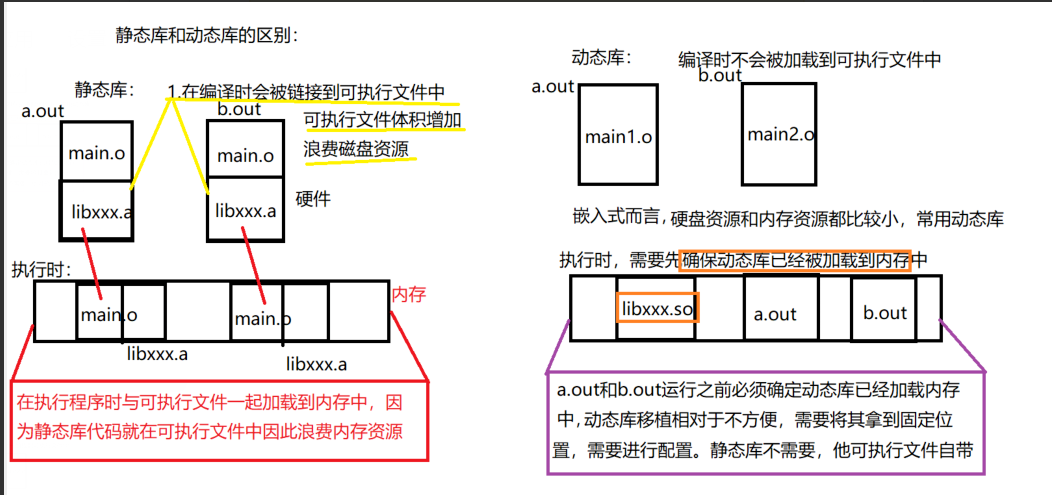获取文件属性(stat)
man 2stat
头文件
#include <sys/types.h>
#include <syts/stat..h>
#include <unistd.h>
函数接口
int stat (const char*pathname,struct stat *statbuf);
功能:获取文件属性
参数
const char *pathname: 文件名
struct stat *statbuf: 获取文件属性的存亡位置
返回值:成功:0,失败-1,更新errno
struct stat {
dev_t st_dev; /* ID of device containing file */
包含的文件的设备ID
ino_t st_ino; /* Inode number */文件的inode号
mode_t st_mode; /* File type and mode */
文件类型和权限
nlink_t st_nlink; /* Number of hard links */
硬链接数
uid_t st_uid; /* User ID of owner */
用户ID
gid_t st_gid; /* Group ID of owner */
组ID
dev_t st_rdev; /* Device ID (if special file) */
设备ID
off_t st_size; /* Total size, in bytes */
大小
blksize_t st_blksize; /* Block size for filesystem I/O */ 文件系统IO块的大小
blkcnt_t st_blocks; /* Number of 512B block allocated */ 512B块设备的分配数量
/* Since Linux 2.6, the kernel supports nanosecond
precision for the following timestamp fields.
For the details before Linux 2.6, see NOTES. */
struct timespec st_atim; /* Time of last access */
最后访问的时间
struct timespec st_mtim; /* Time of last modification */ 最后修改的时间
struct timespec st_ctim; /* Time of last status change */ 最后状态改变的时间
打印inode号和设备ID
#include <stdio.h>
#include <sys/types.h>
#include <sys/stat.h>
#include <unistd.h>
int main(int argc, char const *argv[])
{
struct stat sb;
int fd_st = stat("./stat.c",&sb);
if (fd_st == -1)
{
perror("stat err");
return -1;
}
printf("dev:%ld\n",sb.st_dev);
printf("inode:%ld\n",sb.st_ino);
return 0;
}
库
库的概念
就是把一些常用函数的目标文件打包在一起,提供相应的函数接口,便于程序员使用;本质上来说库是一种可执行代码的二进制形式
库的分类
静态库和动态库,本质区别是代码被载入时刻不同
1.静态库在程序编译时会被链接到目标代码中
优点:程序运行时将不再需要静态库;运行时无需加载库,运行速度更快
缺点:静态库中的代码复制到了程序中,因此体积较大;
静态库升级后,程序需要重新编译链接
2.动态库实在程序运行时才被载入代码中
优点:程序在执行时加载动态库,代码体积小
程序升级更简单;
不同应用程序如果调用相同的库,那么在内存里只需要一份该分享库的实例。
缺点:运行时还需要动态库的存在,移植性较差
动态库 静态库
Linux:.os .a
window: .dll .llb

静态库与动态库的制作待更。。。。。。
























 被折叠的 条评论
为什么被折叠?
被折叠的 条评论
为什么被折叠?








